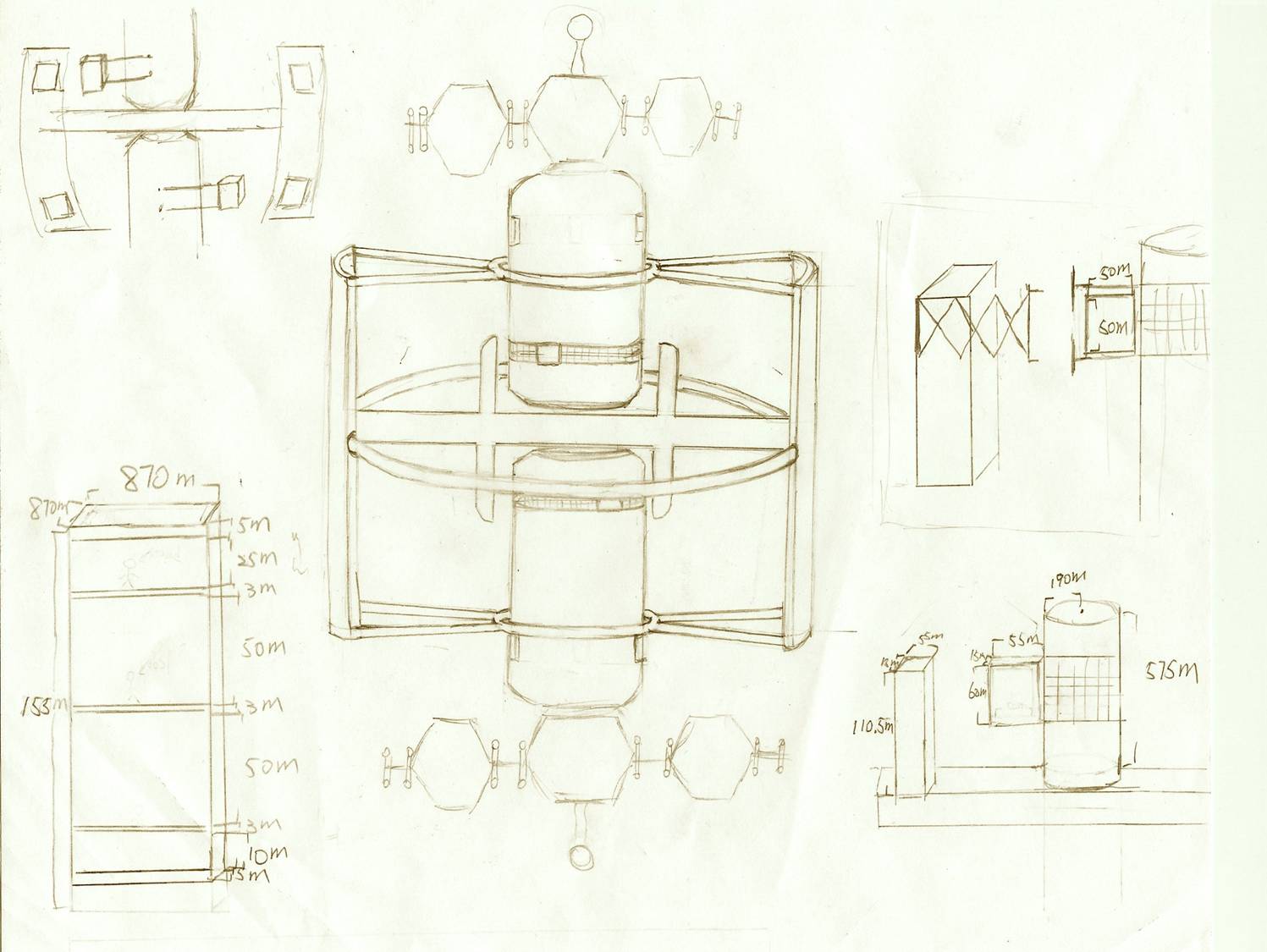Search this Site







OASIS Lecture Series:
City in Space, Student Designed
By Steve Bartlett
A student team from Cerritos High School has designed a space colony for a national competition. The eight-member group presented its concept to an OASIS audience for review on March 19 at the Long Beach Public Library.
 |
| Cerritos High School Student Designers of the “Columbiat” City in Space. Photo by Steve Bartlettt |
In the annual competition, the students serve in the role of an aerospace company bidding to design and build their colony concept. They are responsible for fully “fleshing-out” their design and writing a forty-page proposal on how their idea would be built and operated. Competing teams then present their concepts to a panel of professionals for judging.
This year’s competition asks the student teams to develop a colony to support a population of twenty-five thousand people. It is intended to be the third large habitat built in Earth orbit and must feature provisions to support a large number of humans living and working in space. The orbiting city would be built between the years 2040 and 2060 AD.
The Cerritos students, under the direction of teacher Phil Turek, have dubbed their concept “Columbiat.” Each the student was responsible for a different aspect of the colony’s design and had to brief the audience on how it would work. Columbiat featured Turek’s CataMitt Recycler concept to show the innovative role that this third colony would serve in supporting human space settlement and exploration.
Smita Bhakta opened the presentation with a discussion on the overall colony layout, purpose, and features. She was followed by Jasmine Gaghier, who described the structural design and construction of the city. Columbiat would have a dual hexagonal structure, dual 500 megawatt nuclear power generators, and rotate at one revolution per minute.
Sean Lin then briefed the audience on the city’s operations and infrastructure. His talk addressed the location of the colony, how it was to be assembled, how water and other resources were to be managed, what radiation shielding features were necessary, and what the required infrastructure would be to put it all together.
 |
| Columbiat Design Sketch. Image courtesy of Columbiat design team. |
After Lin’s portion, Christine Chung, Stacy Ho, and Emily Huang described the human aspect of the colony. This aspect included housing, schools, education, and entertainment, among others. The three young women addressed the psychological factors of living and working in space, the overall interior appearance of Columbiat, and features included to enhance its livability. They also addressed some of the life support aspects of keeping such a large population fed, cleaned, and breathing safely.
A system as large and complex as a space colony requires substantial computer and automation resources to operate and regulate its functions. Ben Lin described the various systems necessary to keep things moving and viable. These include computers, interior and exterior communications, robots, mechanisms, security systems, and transportation systems.
Columbiat could not be built and operated for free. To address these practical issues, Sarah Huynh detailed the schedule and cost issues of making the enterprise successful. She explained that the colony’s construction cost would be $134 billion and that this would be spread out over the twenty-year period between 2040 and 2060 AD. Her briefing included charts depicting which parts were to be built when, the cost per person per year to operate the city, and other aspects.
Ms. Bhakta closed the student presentations with a summary of what the colony would be and do and why their team should be chosen to develop it.
In addition to OASIS members, the audience included parents and friends of the students as well as members of the general public. The NSS chapter members were happy to provide the students with feedback on their presentations and wished the students success in the competition.
Copyright © 1998-2006 Organization for the Advancement of Space Industrialization and Settlement. All Rights Reserved.